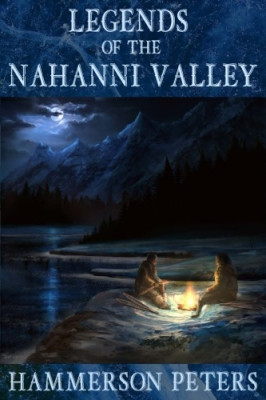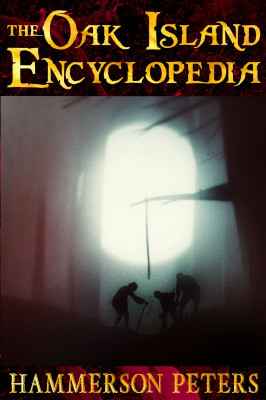Continued from The Adventures of Paul Kane: Part 15.
The Adventures of Paul Kane: Part 16
Return to Civilization
On July 30th, Kane and his fellow travellers reached Fort Alexander, where a great number of Saulteaux Indians had come to harvest wild rice. Kane stayed at the fort for four days before heading up the Winnipeg River with a new crew consisting of seven Indians, two French-Canadians, and an Orcadian. He and his companions tracked, paddled, and portaged their way upriver, labouring under the sweltering summer sun amid an endless cloud of mosquitoes.

On August 16th, Kane and his companions arrived at the Lake of the Woods and encamped on one of its islands. They crossed the lake and continued up the Rainy River. Kane’s Indians accomplished this by “tracking, that is, hauling the boats up the current, which they do for days together whenever the banks, or indeed the bed of the river, will admit of it; for they seemed to be perfectly amphibious, wading about in the water, and swimming from side to side as a matter of course, without thinking of getting into the boat…” On August 23rd, Kane remarked that his Indians kept up “this wearisome toil… for sixteen hours, with the exception of one hour, during which we stopped for breakfast, never for one moment losing their cheerfulness and good humour. I scarecely think that any other race of people could go through such fatigue with the same alacrity and energy.”
Kane and company reached Fort Frances on the afternoon of August 23rd. The painter remained at the fort for sixteen days, awaiting a coureur canoe laden with letters from the interior bound for Lachine, on the Island of Montreal. The expected canoe arrived on September 10th. Kane boarded it and travelled with the coureurs across Frances Lake and Lac la Pluie beyond. The party paddled and portaged their way across the ‘Northwest’, stopping to admire the Kakabeka Falls, which, in Kane’s opinion, “far surpass the Niagara in beauty and picturesque effect”.

The travellers continued on to Fort William and across Lake Superior, stopping for a day at Michipicoten, and arrived at Sault Ste. Marie on October 1st. “Here,” Kane wrote, “I consider that my Indian travels finish, as the rest of my journey home to Toronto was performed on board steam-boats; and the greatest hardship I had to endure, was the difficulty I found in trying to sleep in a civilised bed.”
Aftermath
Following his epic journey across the North American continent and back, Paul Kane settled in Toronto, where various patrons- especially the Conservative Mayor of Toronto, George William Allan- commissioned him to render over a hundred and twenty of the field sketches he produced during his travels into oil paintings. Some of these works would be displayed at the 1855 Exposition Universelle in Paris, and a few would be presented to Queen Victoria in Buckingham palace in 1858, in unwitting accordance with Kane’s oft-made promise to the subjects of his paintings that their likenesses would be shown to the ‘Great White Mother’.
In 1852, Kane married Harriet Clench, the daughter of the owner of the furniture factory by which he was employed in 1835. The couple would go on to have two sons and two daughters.
In 1858, Kane wrote Wanderings of an Artist Among the Indians of North America, from Canada to Vancouver’s Island and Oregon, Through the Hudson’s Bay Company’s Territory and Back Again, a travel memoir based on his 1845-‘48 trans-continental journey. With the support of HBC Governor George Simpson, Kane’s book was published in London the following year, complete with many of Kane’s own illustrations.
On February 20th, 1871, Paul Kane passed away quickly and unexpectedly after returning to his Toronto home from a walk, leaving behind a fascinating memoir and an invaluable collection of sketches and paintings immortalizing a byone era in which the voyageur, the Metis, and the Indian roamed the wilds of the Canadian West.
Sources:
- Travels and Adventures Among the Indians of North America from Canada to Vancouver’s Island and Oregon through the Hudson’s Bay Company’s Territory and Back Again (1858), by Paul Kane
- Yet at the Threshold of Fame: The Making of Paul Kane’s Critical Reception, by Robert Stacey in the 2017 National Gallery of Canada Review.
- Catalogue of the First Exhibition of the Society of Artists & Amateurs of Toronto (1834)
- Paul Kane (1971), by J. Russel Harper in the Dictionary of Canadian Biography: Volume 10.
















Leave a Reply